Remember when Big Tennis was all like, "Pickleball isn't a real sport. We're not worried at all?"
Well, how do you feel now, T?
The Wall Street Journal recently published an article shedding light on an issue that’s been bubbling up in the world of racket sports: "The Turf War Between Tennis and Pickleball Is Escalating" (paywall).
While the U.S. Tennis Association (USTA) initially framed the rise of pickleball as beneficial for both sports, there’s no denying the two are now locked in a turf war. And, as pickleball’s meteoric rise continues, tennis is starting to feel the squeeze.
Pickleball’s Rapid Growth and the Court Crunch
According to the Sports and Fitness Industry Association, pickleball participation has surged by 223.5% in just the past three years, with over 10 million people picking up a paddle in the last 12 months.
With this surge in players, courts across the country are being repurposed. In fact, the USTA estimates that at least 10% of tennis courts in the U.S. have been converted for pickleball use.
Lew Sherr, CEO of the USTA, acknowledged the challenge this presents for tennis: "There are not enough courts to support tennis growth... court infrastructure is being compromised with people playing pickleball on those courts or courts being repainted."
This court repurposing isn’t just happening at public parks—it’s a major trend at private clubs, where the economics are too tempting to ignore. The math is simple: a tennis court serves up to four players, while that same space can be divided into four pickleball courts, accommodating up to 16 players. Clubs can rent out more space, cater to more members, and generate more revenue with just a few strokes of paint.
Tennis’s Revival and the Growing Tension
What makes this situation even more pressing for tennis is the sport’s own revival. The Wall Street Journal notes that the USTA expects to surpass 24.5 million players this year, and it’s aiming to reach 35 million by 2035.
Sherr credits part of this resurgence to the flexibility people found during the pandemic, with tennis offering a safe, socially distanced activity.
But with both sports experiencing growth, the battle for court space is heating up. As Sherr points out, "Participation is not zero sum, but the court space is." In other words, the problem isn’t a lack of interest in either sport—it’s simply a matter of finding enough courts to go around.
Novak Djokovic Weighs In
Even tennis legends are taking notice. At Wimbledon this year, 24-time Grand Slam champion Novak Djokovic expressed concern about the financial and logistical impact of pickleball’s rise, along with Europe’s equivalent, padel. He emphasized the importance of protecting tennis infrastructure, saying, “If we don’t do something about it, we’re going to see more tennis courts converting to padel and pickleball because it’s cheaper.”
Novak Djokovic Voices Concern Over the Future of Tennis With Pickleball Gaining Ground
Novak Djokovic is currently in search of his eighth Wimbledon singles title, but after his third-round victory he took a moment to address the health of his sport compared to padel and pickleball.
 The Dink PickleballThe Dink Media Team
The Dink PickleballThe Dink Media Team
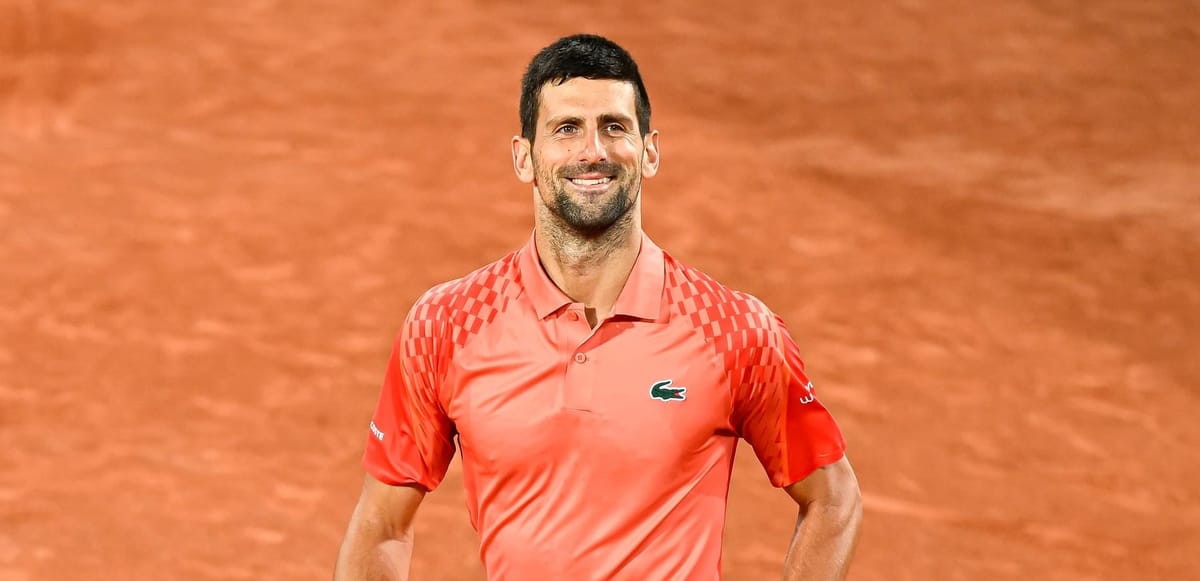
Djokovic’s concern is echoed by many in the tennis community, who worry that if tennis doesn’t adapt, it could lose more ground to pickleball. As noted in the article, converting a tennis court to pickleball or padel is simply more cost-effective and offers clubs a higher return on investment.
READ:
- Former Tennis Star John Isner Signs with Selkirk
- Once a Tennis Prodigy, Chris Haworth Now Singularly Focused
- Meet Marianna Petrei: The Italian Tennis Player Who Made the Quarterfinals in Her First Pro PPA Event
- Coco Gauff's Coach Brad Gilbert Wants Tennis to Learn from Pickleball
The Differences Between Tennis and Pickleball Court Shoes
Don’t think you need pickleball specific shoes while playing? We highlight the differences between tennis and pickleball footwear.
 The Dink PickleballJason Flamm
The Dink PickleballJason Flamm
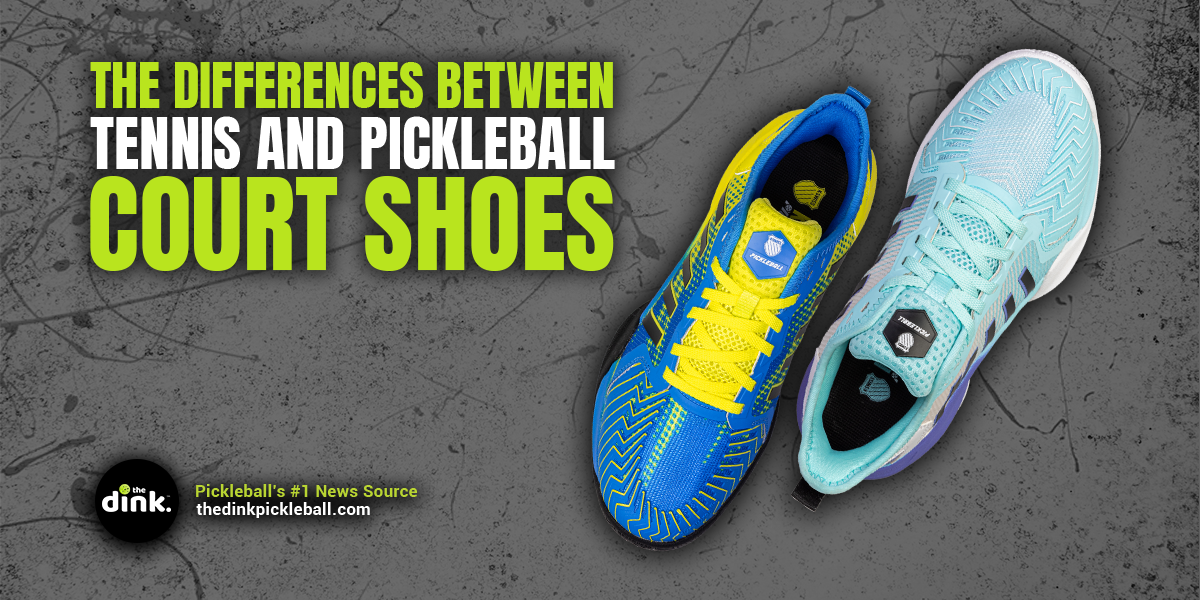
The USTA’s Response: Red Ball Tennis
To combat the growing popularity of pickleball, the USTA is introducing its own social, beginner-friendly alternative: Red Ball Tennis. According to the article, this version of tennis uses softer, slower balls and smaller courts to provide an experience similar to what draws people to pickleball—minimal running, easy-to-learn gameplay, and a relaxed, social atmosphere.
Must-See: Djokovic, Sinner, Krejcikova Give Pickleball a Try at the HEAD ‘NYC Mash Up’
Novak Djokovic, Jannik Sinner and Barbora Krejcikova played some pickleball in Manhattan ahead of next week’s U.S. Open, and we’ve got the video to prove it.
 The Dink PickleballThe Dink Media Team
The Dink PickleballThe Dink Media Team
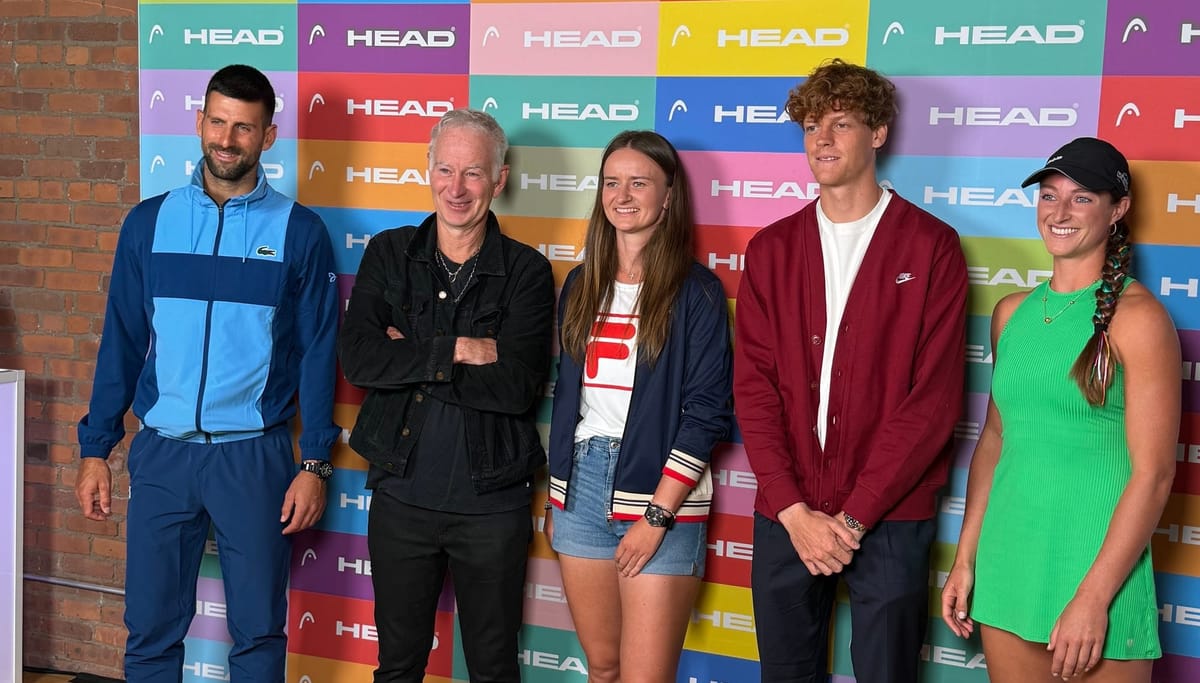
Most importantly, Red Ball Tennis can be played on existing tennis courts without any permanent modifications. The USTA is pushing this format as a way to introduce more people to tennis while utilizing the same facilities that could otherwise be converted for pickleball. The initiative is already being played at over 500 venues by 20,000 people, though those numbers pale in comparison to the millions flocking to pickleball courts.
Why So Many American Men’s Tennis Legends Are Now Finding New Life in Pickleball
It’s hard to ignore the influx of former American tennis stars transitioning to pickleball. We take a closer look at the men now swinging paddles instead of racquets and why pickleball is so attractive to some of the game’s legends.
 The Dink PickleballJason Flamm
The Dink PickleballJason Flamm
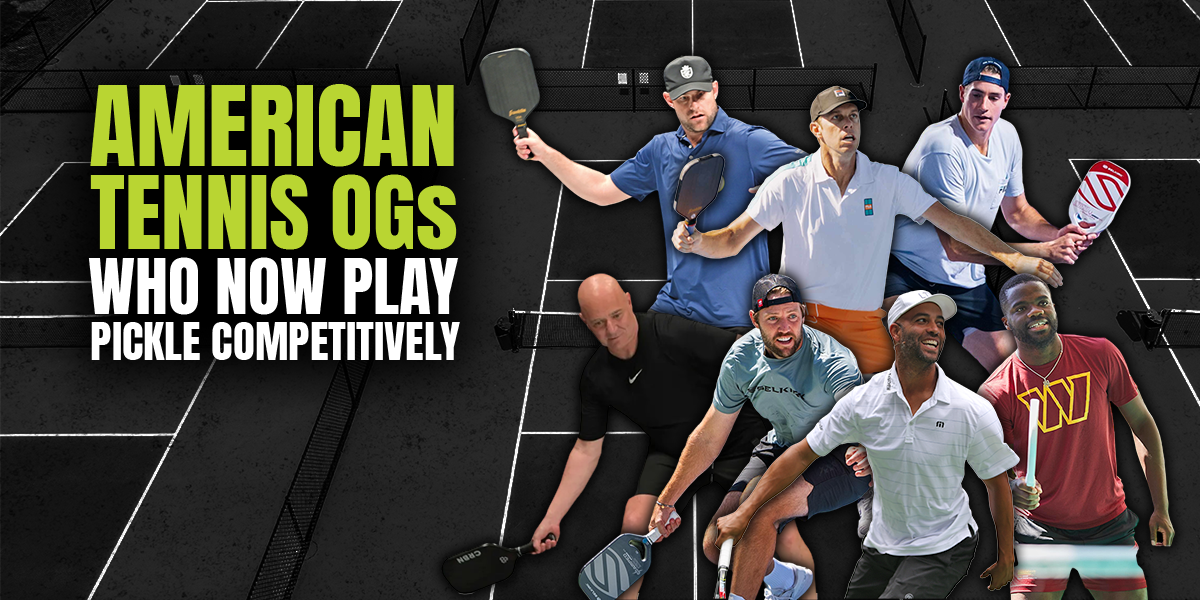
The Takeaway: Court Space is the Real Issue
Ultimately, the Wall Street Journal article highlights a key truth: while pickleball and tennis are both growing, they are competing for the same finite resource—court space. Pickleball’s rapid expansion has undoubtedly made it a force to be reckoned with, but tennis is far from fading away. The USTA is making efforts to adapt, but as pickleball continues to attract players with its accessible and affordable format, this battle for court space is likely to continue.
It’s clear that both sports are here to stay, but facilities across the country will need to find ways to accommodate the growing demand. Whether it's repurposing existing courts or building new ones, this turf war is far from over.
Reader Response: Blaming Court Conversions for the Demise of Tennis Misses the Point
We asked readers to share their thoughts on the recent comments made by Novak Djokovic, who suggested that “tennis is in danger” because of the rapid growth of pickleball.
 The Dink PickleballThe Dink Media Team
The Dink PickleballThe Dink Media Team
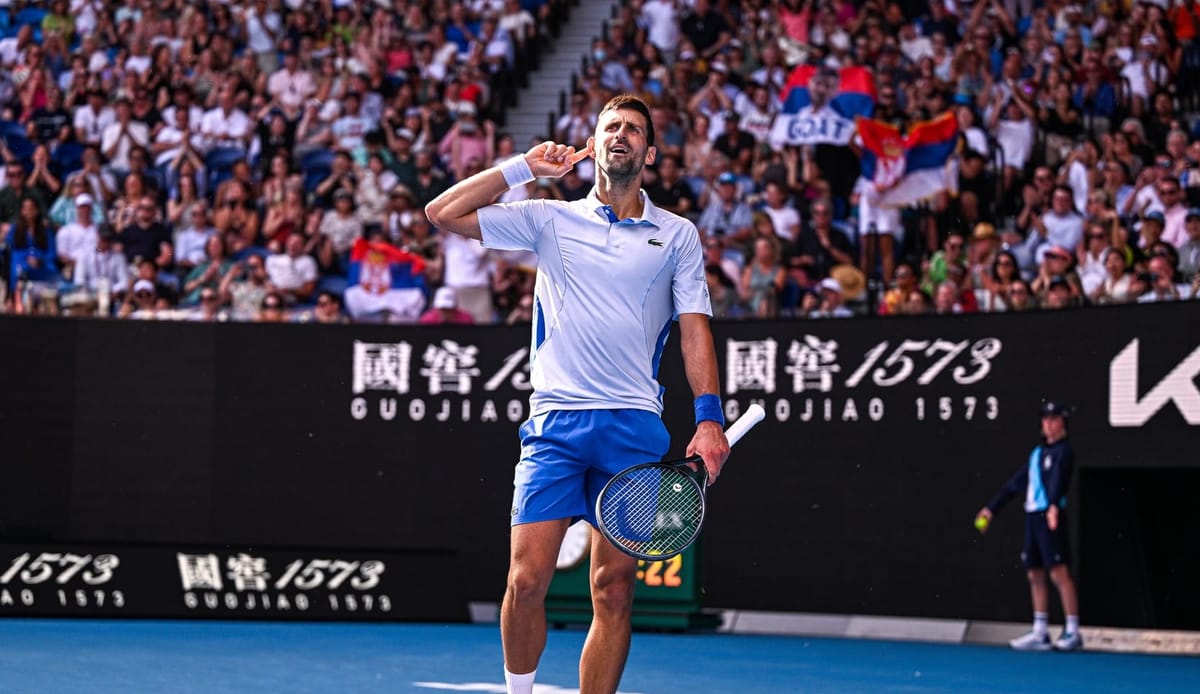
The Wall Street Journal provides a thorough look at the evolving landscape of pickleball and tennis, emphasizing that the future of both sports will depend on how they navigate the issue of limited court space.
With pickleball’s fast-paced growth showing no signs of slowing, the pressure is on for tennis to maintain its ground. And as both sports continue to attract new players, the conversation around shared spaces and infrastructure will remain critical.
Anuncie Aqui / Advertise Here
Sua marca para o mundo Pickleball! / Your brand for the Pickleball world!

 English
English  Spanish
Spanish  Portuguese
Portuguese  German
German  Italian
Italian  Japanese
Japanese  French
French  Polish
Polish  Russian
Russian  Netherlands
Netherlands  Hungarian
Hungarian  Turkish
Turkish  Videos
Videos 
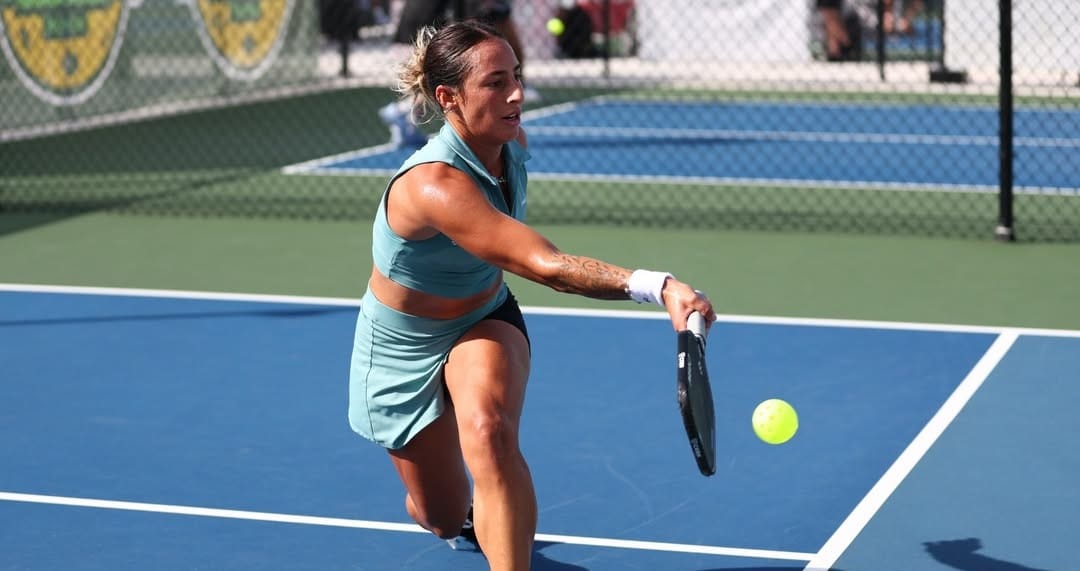
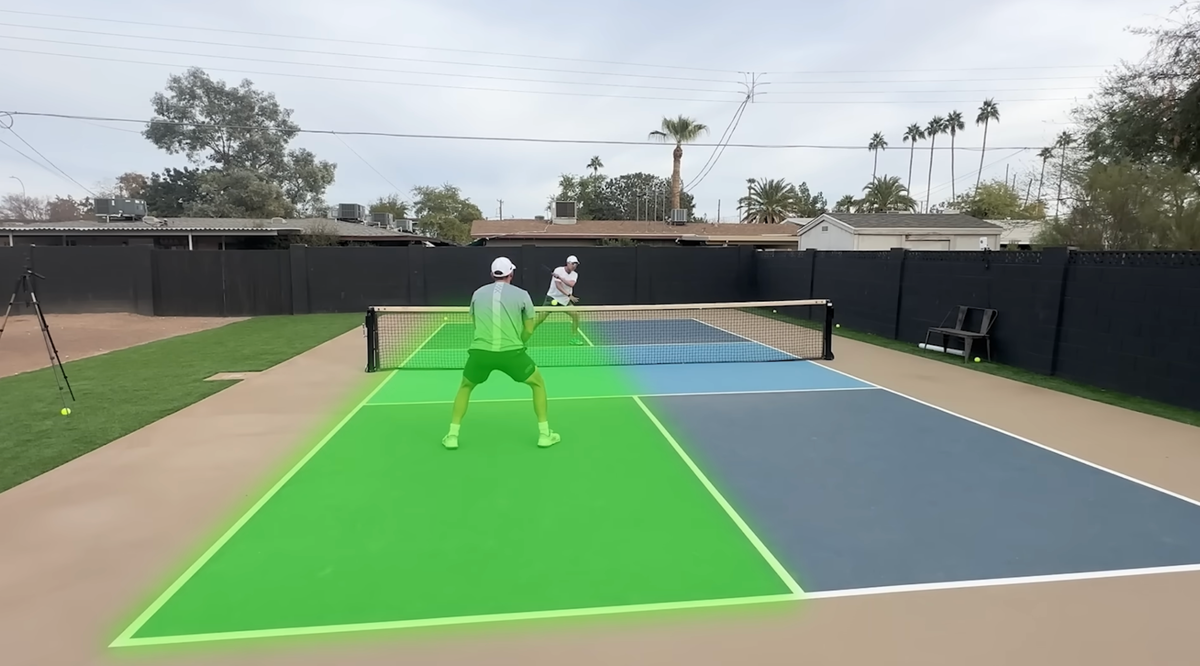
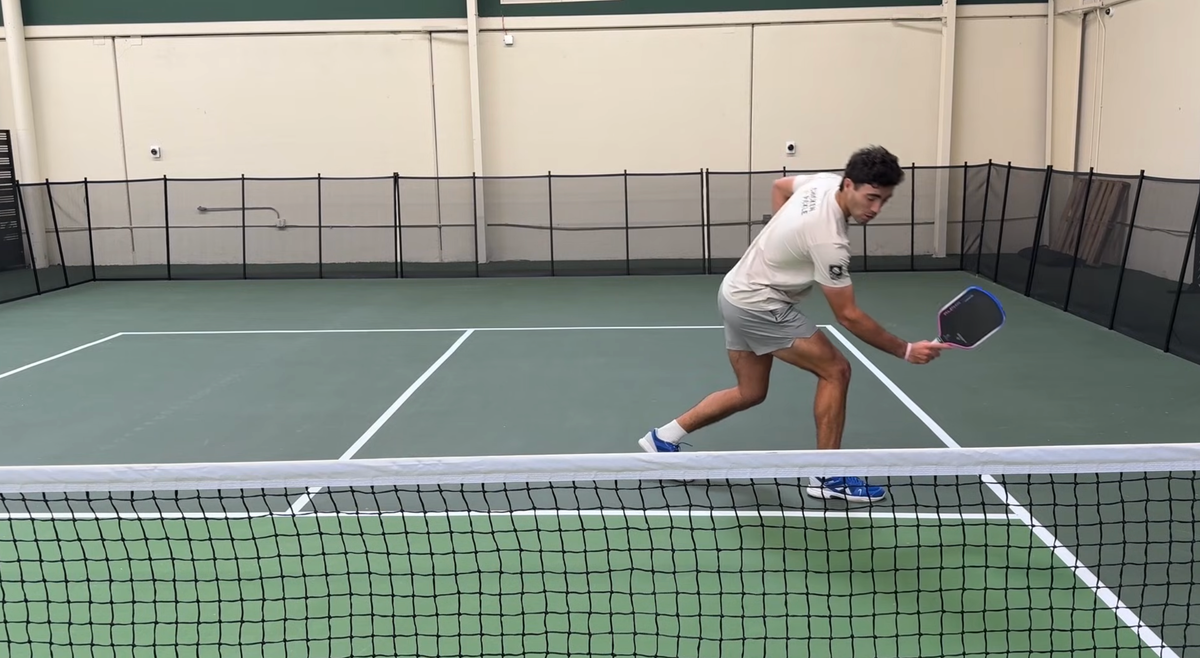
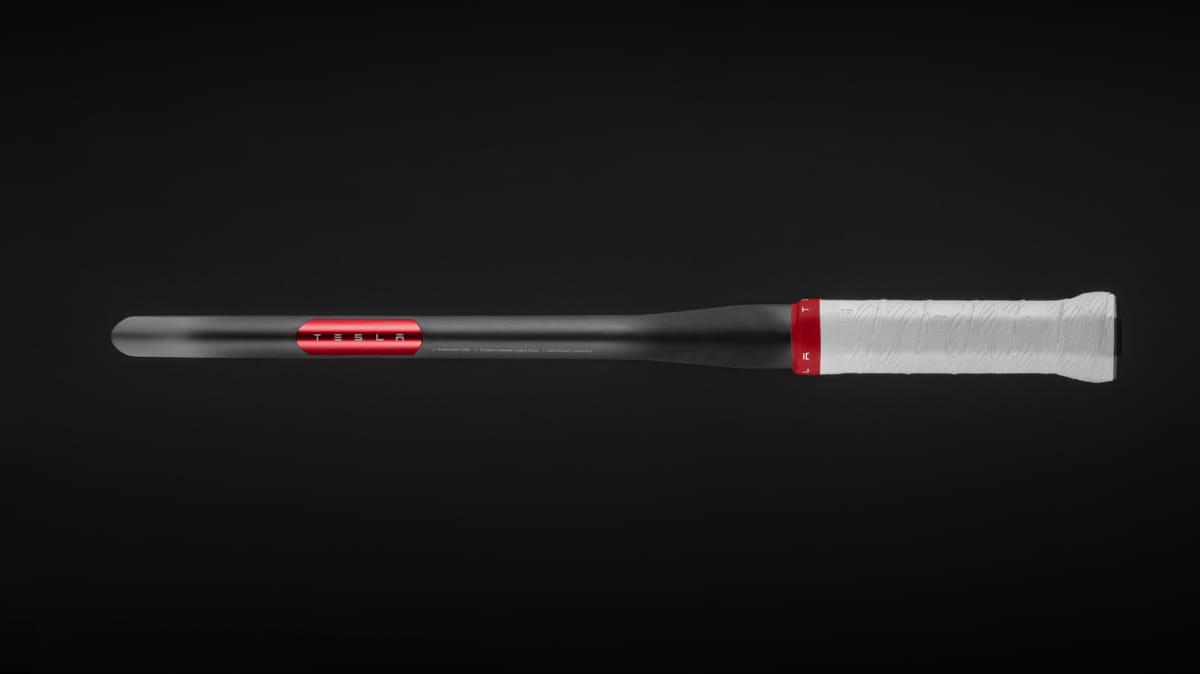




 English (US) ·
English (US) ·  Portuguese (BR) ·
Portuguese (BR) ·